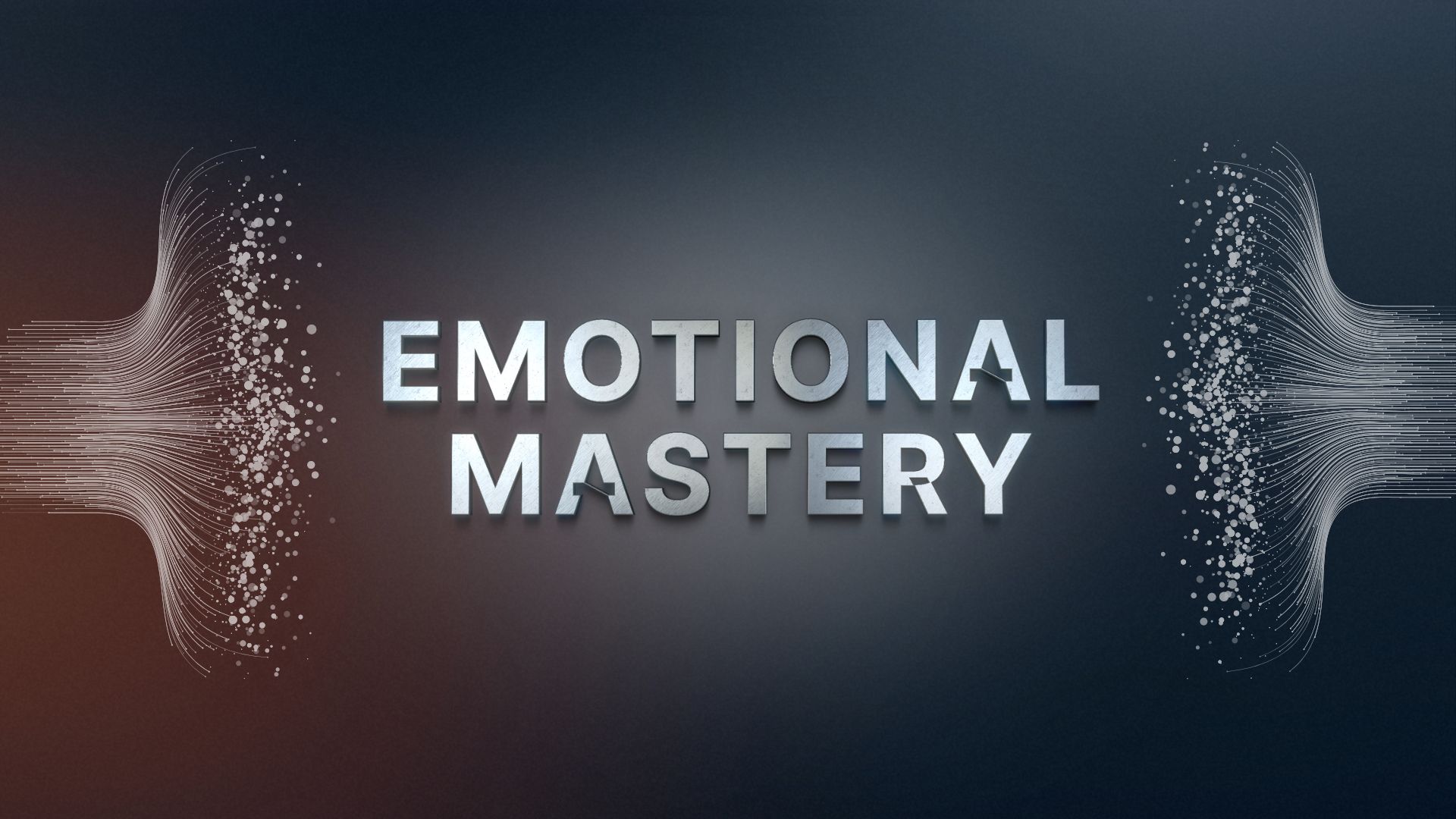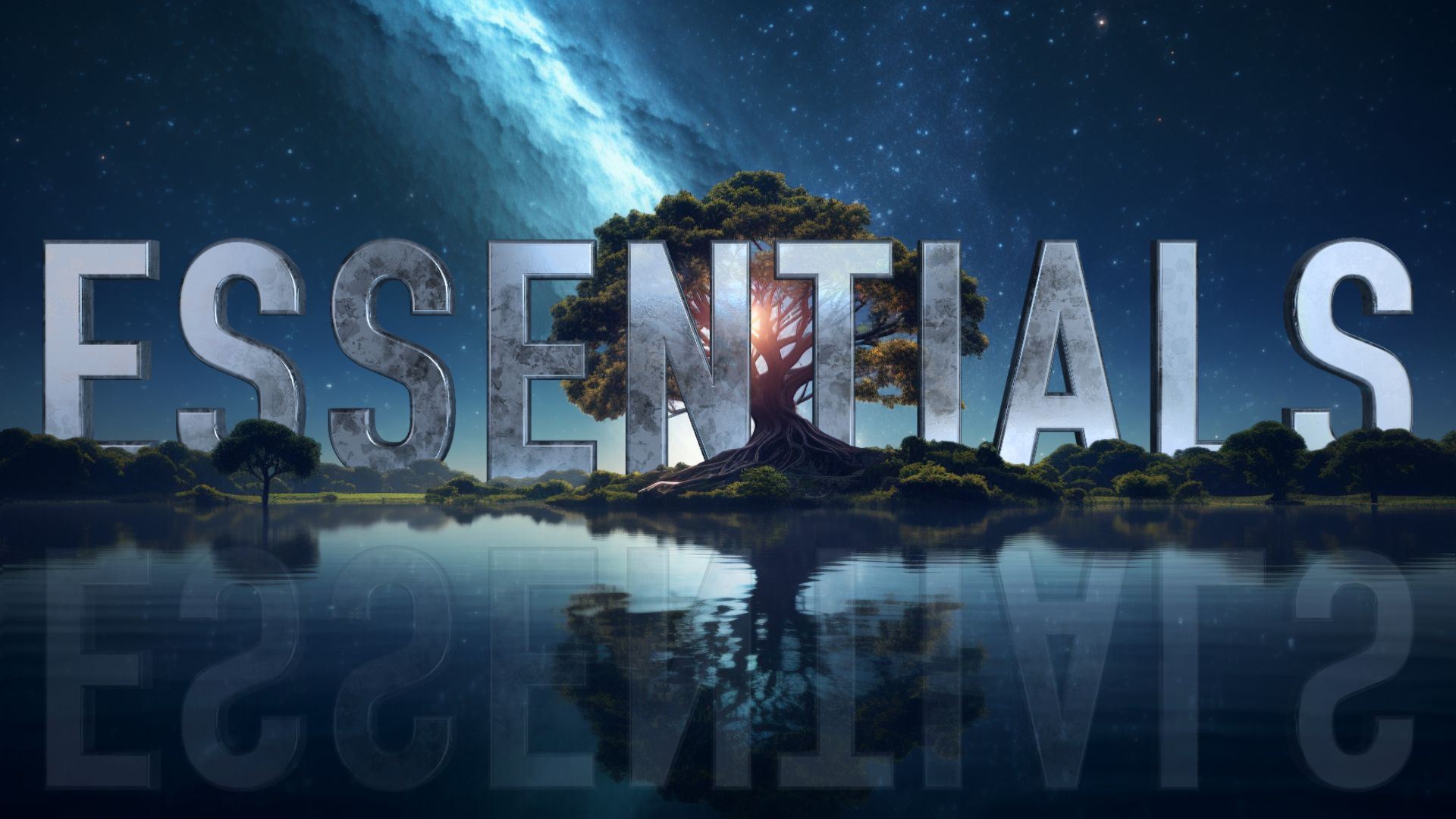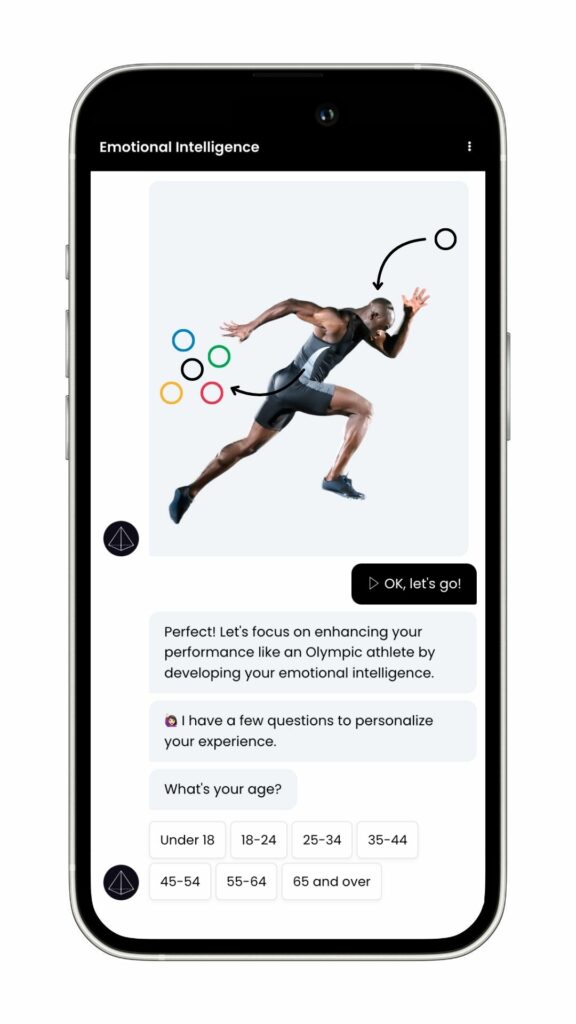Visualization is the process of building mental images.
The mind can receive visual impressions from without (exteroception) or imagine its own visual impressions from within (interception). This faculty can be used to impress the mind to one’s advantage.
The process in a nutshell:
-
1
Decide what you want to visualize
These can be your goals, some situation you want to practice, or you can even decide to try to mentally visualize the scene that you find yourself sitting in.
-
2
Relax and close your ears and eyes
Try to get as few sensory impressions from the outside as possible. Your brain has to process these, which will make your visualization efforts less impactful.
-
3
Create the scene, and involve more than one sense
What do you see? What do you hear? What do you touch? Can you smell and/or taste anything? Immerse yourself in your picture.
-
4
Focus
Where your focus goes, your energy flows. Focus on the picture that you are creating to make it more intense. Try to imagine more details. Touch some of the objects or people that are present. Be a participant in the picture, not just a spectator. Merge with the scene.
-
5
Feeling is succeeding
If you experience feelings, this means that you are doing really well. A feeling is always the result of an interpretation that your mind is making from the sensory impressions that it is receiving. A feeling means you are turning a virtual stimulus into a physical outcome. You are literally carving new neural pathways in your mind and body.
-
6
Stay in your picture for as long as you like
You can stay in your imaginary world for as long as you like. As long as you feel immersed in it, your brain is strengthening the neural pathways that create the image.
-
7
Repeat daily
There are no strict rules for how often you should visualize in order to make it effective, but a daily practice is best to turn this Magic Move into a habit and get good results from it.
How visualization works
The mind has ‘to make sense’ of the millions of visual impressions that reach it at any moment.
The brain dedicates a lot of space and energy to processing visual images since this is so critical to keep the organism safe.
What you ‘see’ = your perception is the outcome of this process.
Your mind is not perfect when it does this, it uses shortcuts and tricks to preserve its energy. Sometimes your mind sees things that do not exist.
Visual impressions can be quite impactful (= impressive to the mind) because they are usually composed of many smaller impressions.
In fact, the more sensory stimuli impress the brain, the more impactful the experience becomes:
- what do you see in your mental image?
- what do you feel?
- what do you touch?
- what do you smell?
- what do you taste?
The immersion of your experience thus depends on the fullness of the sensory impressions that your brain receives, and you can mentally simulate all of this. In fact, this is what we try to mimic in a virtual reality headset.
Some people find it more difficult to mentally visualize than others.
The more you visualize, the better you become at this.




